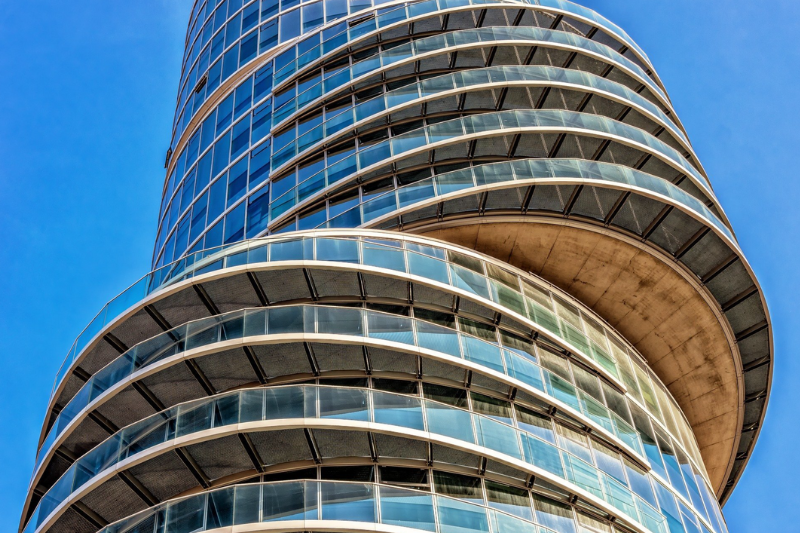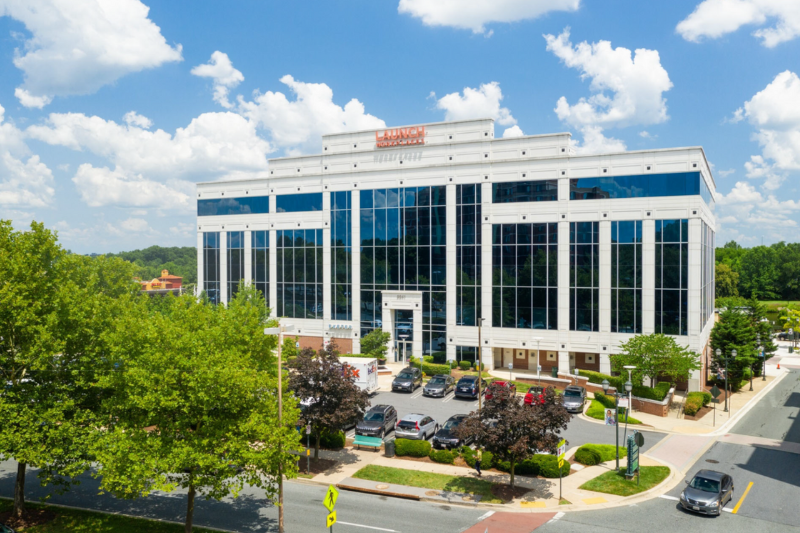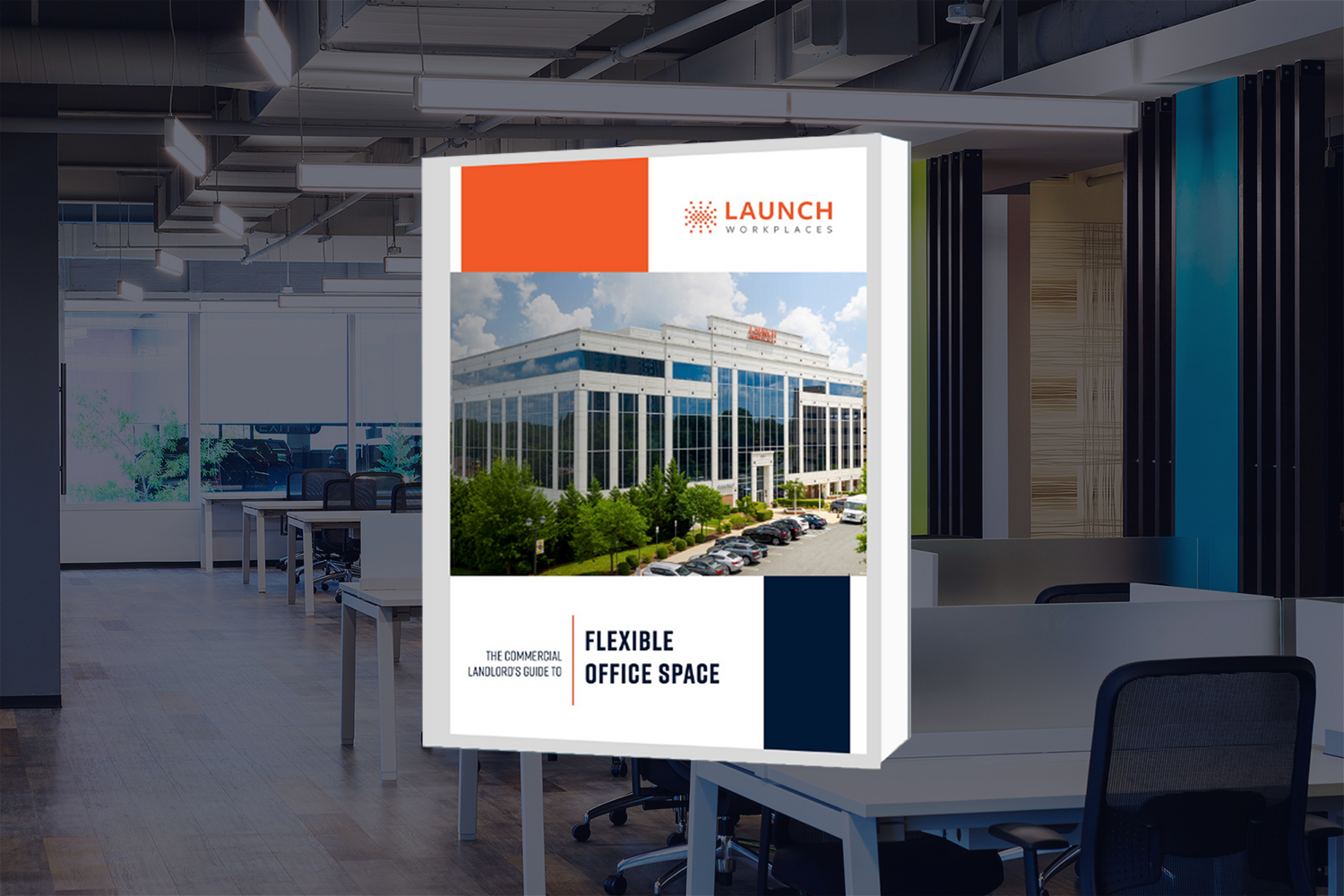One of the most hotly contested issues in the commercial real estate world right now is this: what does the future hold for the traditional office?
If you were to ask me, I’d say it’s never going to be the same again. The office, as we once knew it, is a thing of the past.
But what’s worse is that I think we’re at risk of seeing Class B and Class C buildings die off in the next decade if steps aren’t taken to keep them relevant.
And while the reality is that nobody has a crystal ball, my opinion is rooted in the trends we’re witnessing right now.
The signs seem clear as day. And to make sense of them all, you need to start by looking back at what we’ve seen to historically be true.
The flight to quality in a traditional downturn
In a traditional downturn of the real estate market, the first thing you see is a flight to quality. Lease prices get more affordable and tenants feel the urge to level up.
After all, if you’re in a Class B building and suddenly you can afford a Class A building–or even a trophy building–when you couldn’t before, it’s only logical to take advantage of that opportunity.
And suddenly, B and C buildings end up in a precarious situation, having lost a ton of tenants and becoming less desirable by the day.

Adding the complexities of the pandemic
A downturn in the real estate market is challenging enough at the best of times. But when you add to the equation the complexities of a downturn caused by a pandemic–and all of the implications that were caused by social distancing mandates–you’ve got a whole new kind of situation on your hands.
When the pandemic forced organizations and professionals to work from home, suddenly we all realized that remote work wasn’t just viable—it actually offered us a lot of benefits.
And people started to demand it.
We’ve already seen the flight to quality take place. But what’s more ominous for the real estate world is what’s happened to consumer expectations and the new demands of employees and professionals from their workplaces.
And that spells trouble for the real estate industry.
The future is bleak for Class B and Class C assets
Think about all of those B and C buildings that lost a ton of tenants in the flight to quality. What’s going to happen to them now? How are they going to attract new tenants?
If those buildings are over-leveraged and they have too much vacancy, they won’t have money to pump into that asset in order to make it more desirable.
So, what becomes of that building?
I believe that the B class building is going to disappear. It’s going to be mistreated. It won’t be maintained the way it should be. And, ultimately, it will turn into a low B or high C building.
I look at this situation like the shrinking middle class of commercial real estate. So, if this happens over the course of ten years, what will we find ourselves left with?
You’re going to have Trophy and Class A buildings, then a gap, then garbage.

How to futureproof Class B and Class C buildings
It’s time for us all to start paying attention to what’s going on in the market. The pandemic created a challenging scenario in real estate, but it’s one that’s been made before.
We’re currently in a down market. A tenant’s market. And the flight to quality has already begun.
When you compound that with the rise of hybrid work and the fact that 30% of all office space is projected to be flexible by 2030, it’s going to create a gap where B buildings are at risk.
If you’ve got a 20% vacancy right now, how are you going to backfill that?
You need to take steps to improve your building or it’s going to simply become a commodity—and you’re never going to recover.
Maybe that’s fine. Maybe you’re in a position where you can become a commodity real estate player.
But on the other hand, maybe not.
Either way, if you’re unaware of the trends, how are you going to realize it might be a big deal? How many tenants will you lose before you realize there’s no end in sight?
You need to make your building more attractive. You need to take steps to rejuvenate it and put some soul back into it.
And if you ask me, the best way to do that is by adding flexible workspace into your building and helping to activate that entire building–not just the vacant space.
If you want to learn more about how to futureproof your building with flexible office space, get in touch with me today. I’d be happy to talk you through the benefits it can offer you.




